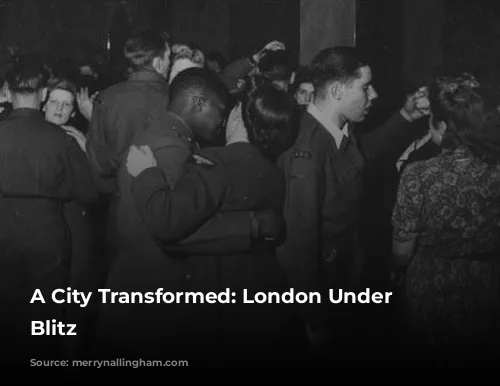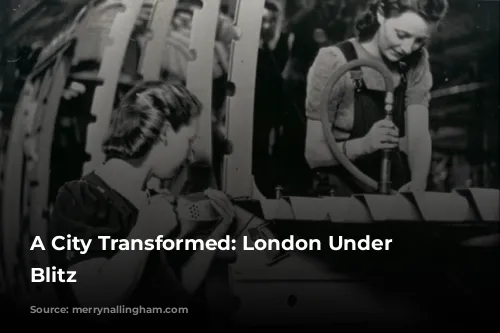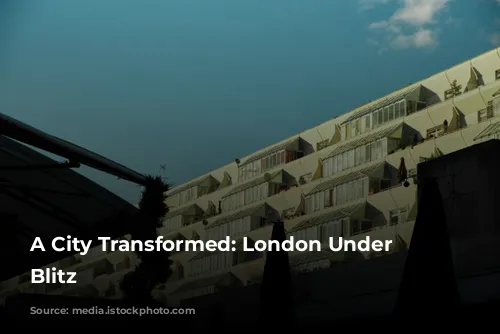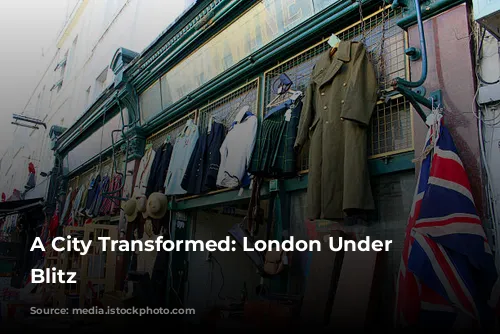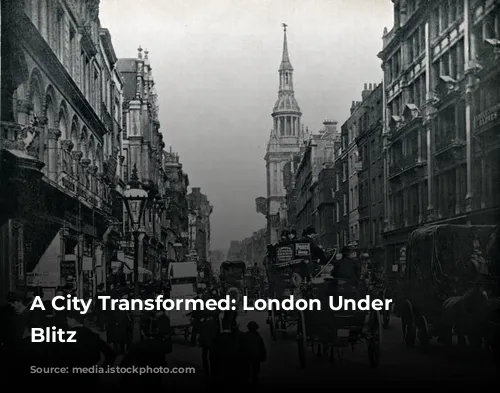London during World War II was a melting pot of cultures and experiences. From the very beginning, troops from across the Commonwealth poured into the city, followed by Polish refugees and American soldiers. This influx of people created a unique atmosphere that permeated every corner of London. Even those stationed outside the city flocked to London during their leave, making it a hub of activity and excitement.
A City of Anonymity and Transformation
London was a place where people could easily disappear, and the constant movement of people allowed individuals to reinvent themselves. Grayson Harte, in his novel The Officer’s Nurse, observes how the city provided the perfect cover for deserters like Gerald Mortimer, who adopted the alias Jack Minns to evade justice.

Blurring Boundaries and Breaking Traditions
The war’s impact on London extended beyond the physical realm, profoundly affecting social norms. Bigamous marriages became commonplace, and social barriers eroded, leading to a surge in illegitimate births and unmarried mothers. The anonymity and new opportunities for sexual adventure fostered a shift in sexual attitudes, making it easier for men and women to socialize and break down traditional boundaries.
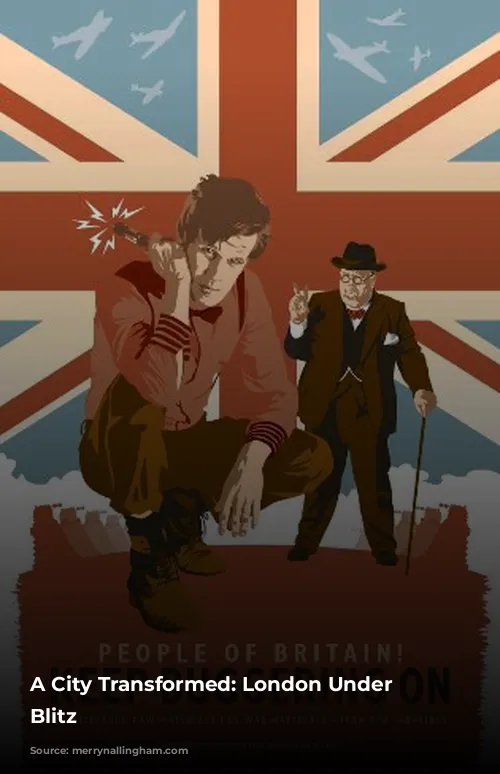
The Allure of Danger and the Thriving Nightlife
Air raids became a regular part of life in wartime London, evoking a mixture of fear and excitement. The proximity of death seemed to loosen moral constraints, and prostitution thrived. Prostitutes could be seen flaunting their wares in the upscale neighborhood of Mayfair every afternoon and evening, unafraid of the sirens that sent others scrambling for air raid shelters.
London’s nightlife remained vibrant throughout the Blitz, with pubs, nightclubs, and dance halls packed with revelers. The best bands attracted large crowds, with the Dorchester Hotel featuring Lew Stone and his orchestra. Even as the bombing intensified, Londoners continued to dance the night away, swinging to the latest tunes like Glen Miller’s “Tuxedo Junction.”
Underground Entertainment and the Tragedy of the Café de Paris
Underground restaurants and nightclubs gained popularity as safe havens during the air raids. However, tragedy struck in March 1941 when a bomb destroyed the elegant Café de Paris, killing Snakehips Johnson’s West Indian band and many dancers. This sobering event did not deter Londoners from their pursuit of entertainment, and luxury hotels continued to develop underground venues, attracting patrons with live music and dancing.
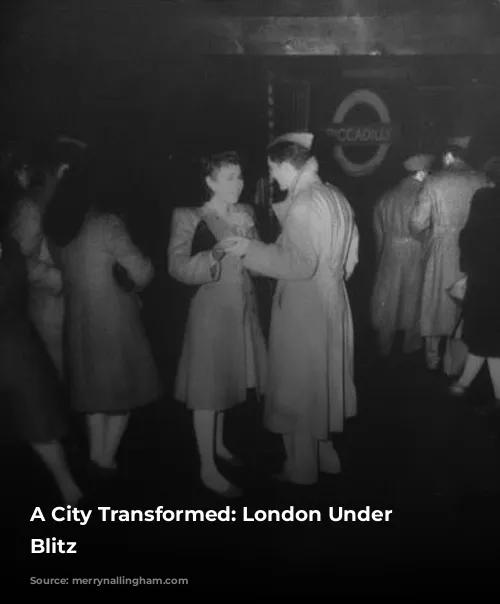
A City on the Move: The Wartime Blitz and Its Effects on London
Life in wartime London was a constant dance between hardship and resilience. The lack of basic necessities was compounded by sleepless nights due to air raids. Women, particularly, faced long hours of queuing for rationed goods and doubled duties at home and in the war effort. Yet, Londoners adapted to the challenges, finding solace in simple pleasures like dancing, drinking, and sharing meager meals with friends.
The Resilience of a City: A Glimpse into Wartime London
Londoners proved to be resilient in the face of adversity. They continued to work, socialize, and find joy amidst the horrors of war. Despite the hardships and privations, they found ways to carry on, proving the unbreakable spirit of the human heart in the face of unimaginable challenges.
